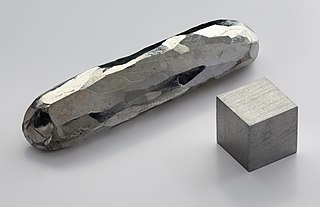| Chalk Cliffs Rearing Unit | |
|---|---|
| General information | |
| Address | 22605 CR 287 |
| Town or city | Nathrop, Colorado |
| Coordinates | 38°42′44″N106°14′07″W / 38.712194°N 106.235361°W Coordinates: 38°42′44″N106°14′07″W / 38.712194°N 106.235361°W |
| Inaugurated | 1950 |
The Chalk Cliffs Rearing Unit is a Colorado Parks and Wildlife cold water fish production facility located near Arkansas River and Chalk Creek in Chaffee County, Colorado. Hatchery staff works to support the raising of approximately 700,000 catchable, ten-inch rainbow trout annually. The hatchery stocks fish along the Front Range from Loveland to the New Mexico border, and east almost to the Kansas border.

Colorado Parks and Wildlife manages the state parks system and the wildlife of the U.S. State of Colorado. The division currently manages the 41 state parks and 307 wildlife areas of Colorado.

A fish hatchery is a place for artificial breeding, hatching, and rearing through the early life stages of animals—finfish and shellfish in particular. Hatcheries produce larval and juvenile fish, shellfish, and crustaceans, primarily to support the aquaculture industry where they are transferred to on-growing systems, such as fish farms, to reach harvest size. Some species that are commonly raised in hatcheries include Pacific oysters, shrimp, Indian prawns, salmon, tilapia and scallops. The value of global aquaculture production is estimated to be US$98.4 billion in 2008 with China significantly dominating the market; however, the value of aquaculture hatchery and nursery production has yet to be estimated. Additional hatchery production for small-scale domestic uses, which is particularly prevalent in South-East Asia or for conservation programmes, has also yet to be quantified.

The Arkansas River is a major tributary of the Mississippi River. It generally flows to the east and southeast as it traverses the U.S. states of Colorado, Kansas, Oklahoma, and Arkansas. The river's source basin lies in the western United States in Colorado, specifically the Arkansas River Valley, where the headwaters derive from the snowpack in the Sawatch and Mosquito mountain ranges. It then flows east into the Midwest via Kansas, and finally into the South through Oklahoma and Arkansas.









